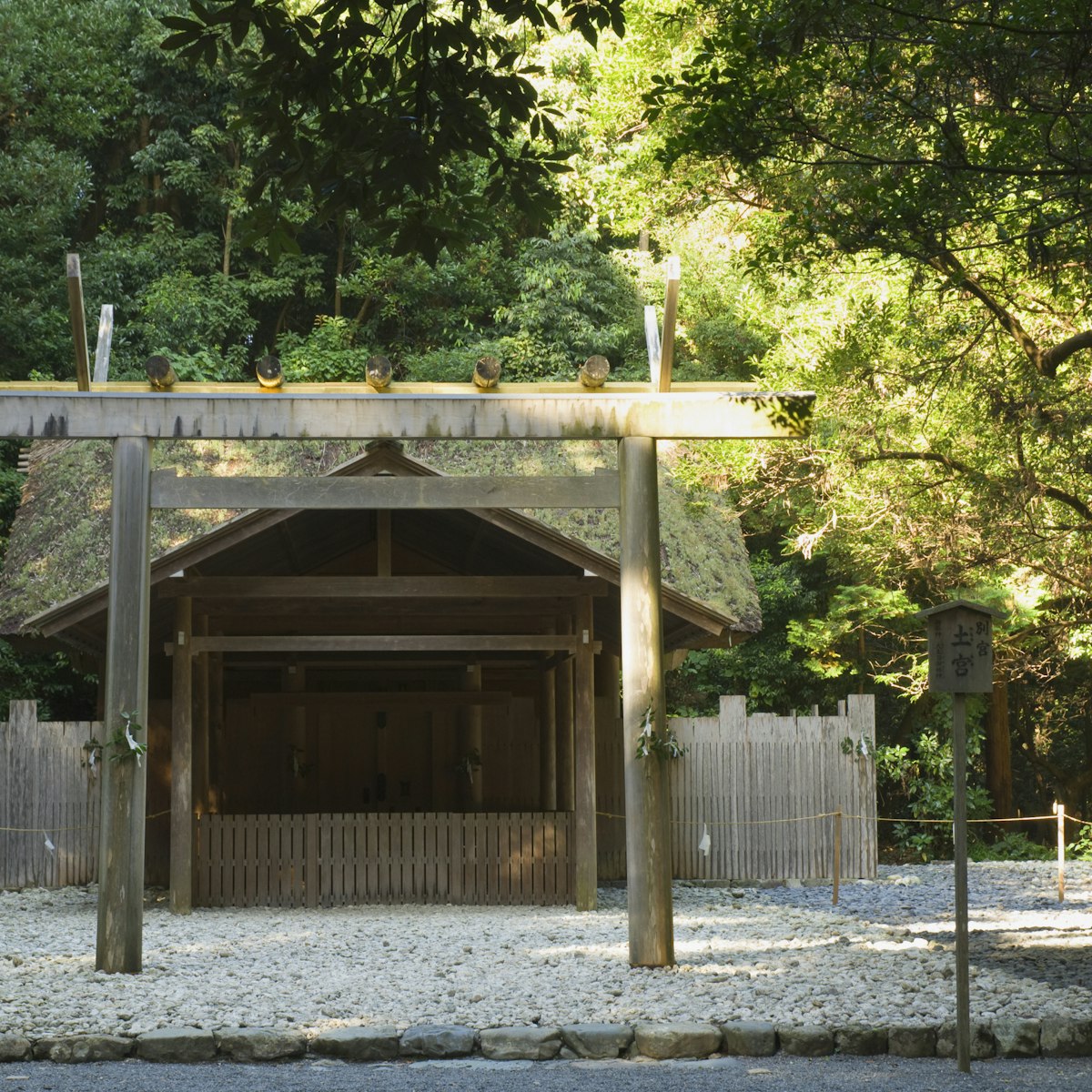This street approaching Naikū was developed in the Edo period (1603–1868), when pilgrimages to Ise-jingū were at an all-time high, to provide visitors with food, drink and souvenirs. It's still doing that, and while the buildings aren't quite that old (though some of the businesses are), they retain the atmosphere of centuries past.
Most restaurants open from 11am, but some spots, such as Akafuku Honten, open earlier. Most places shut around dusk.

